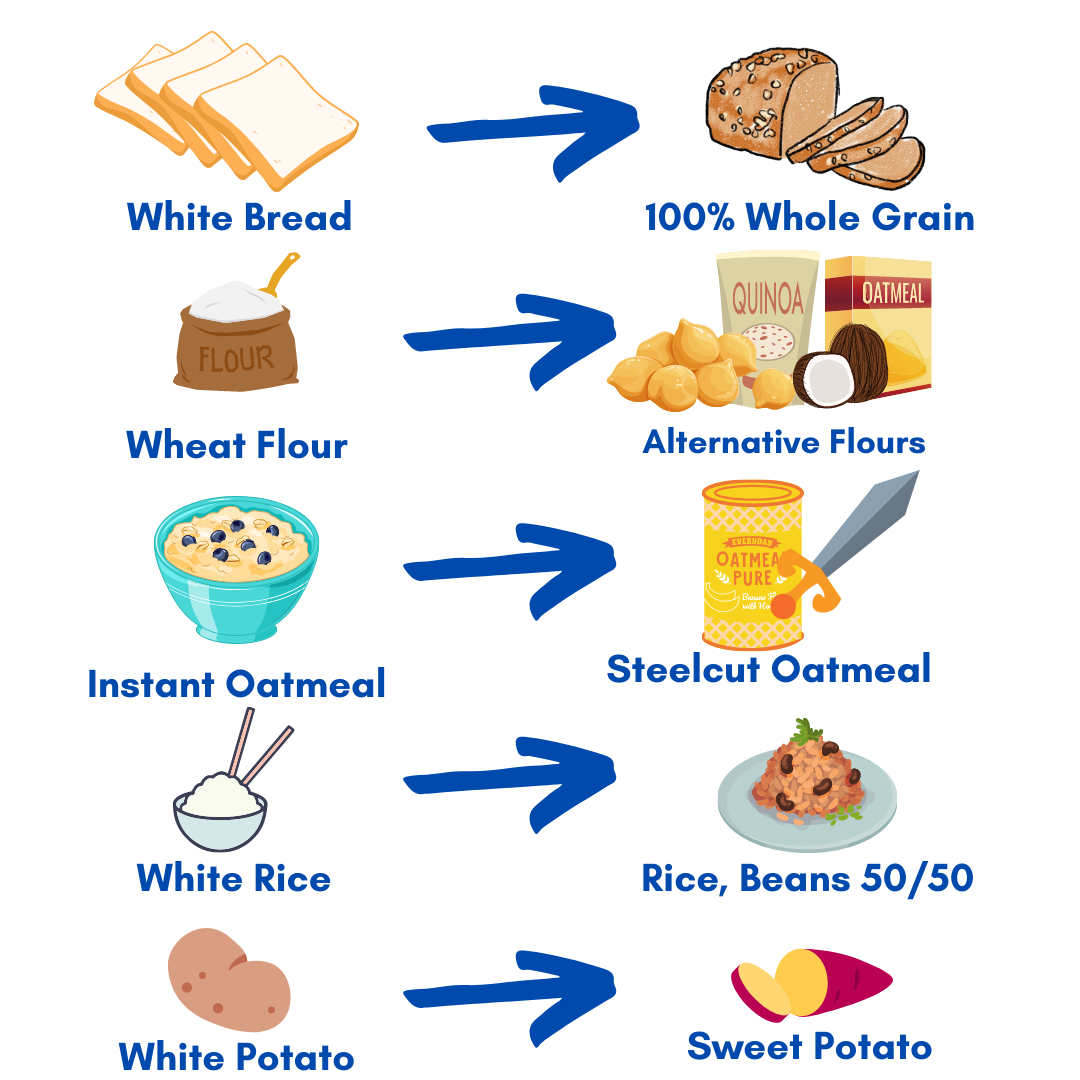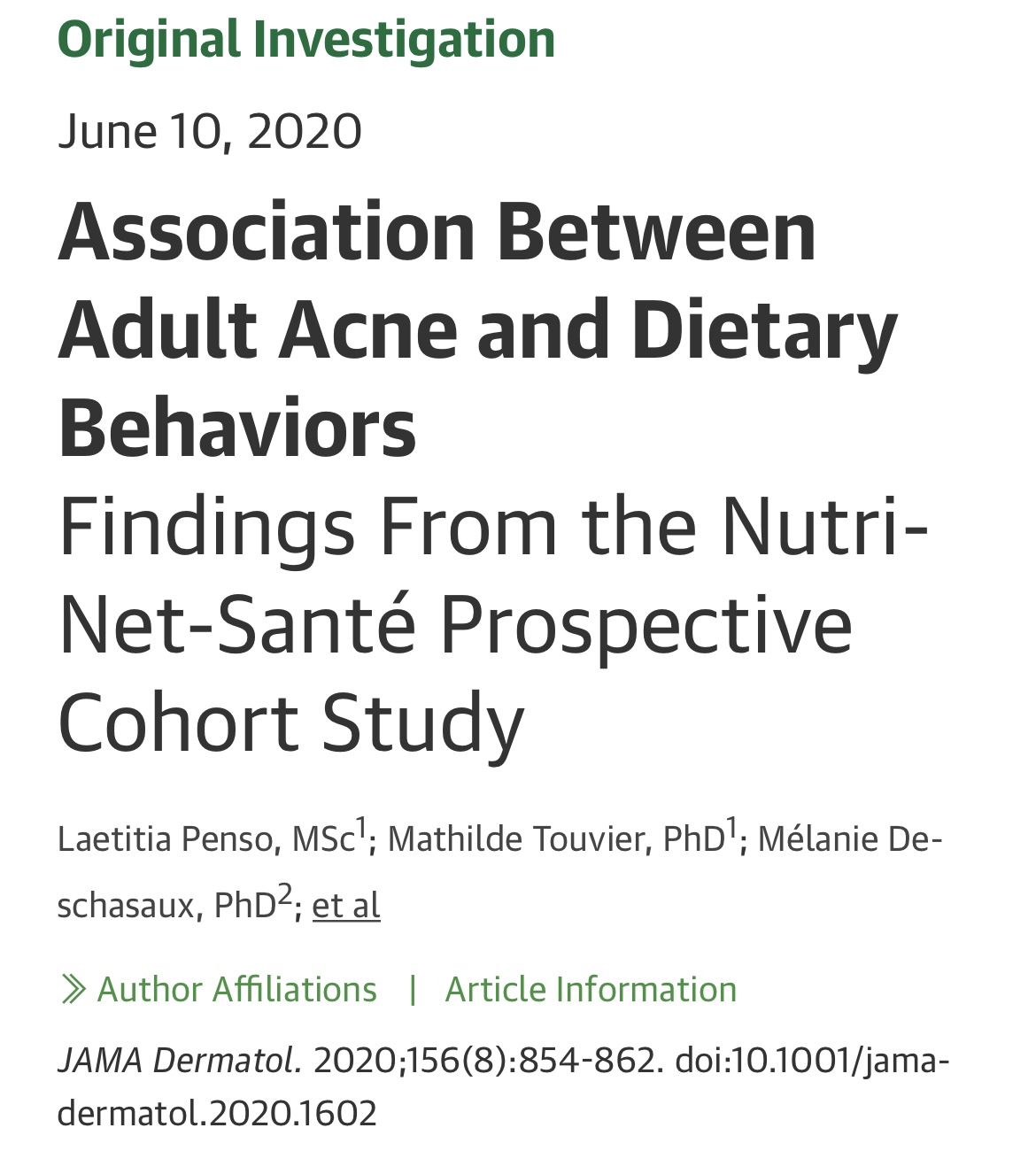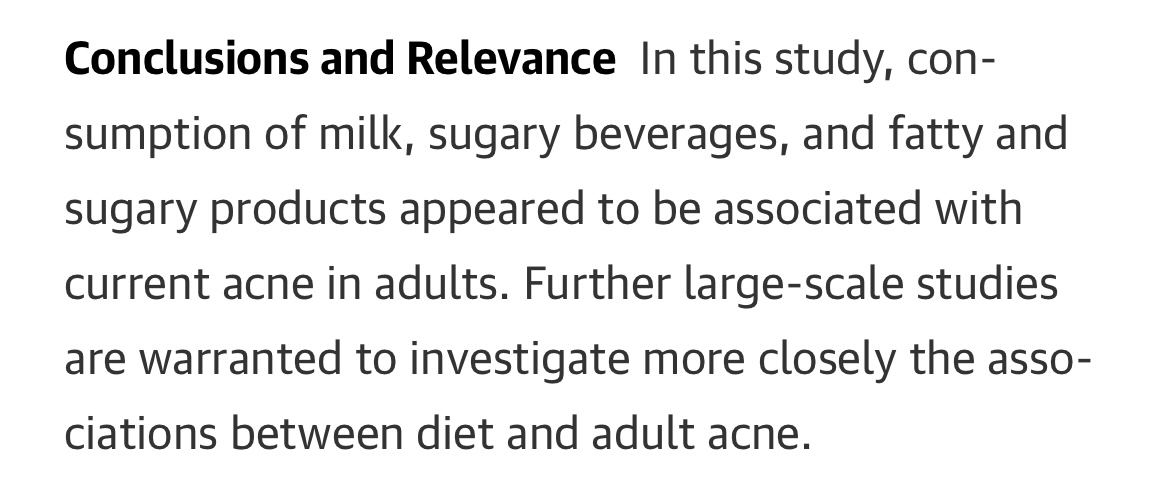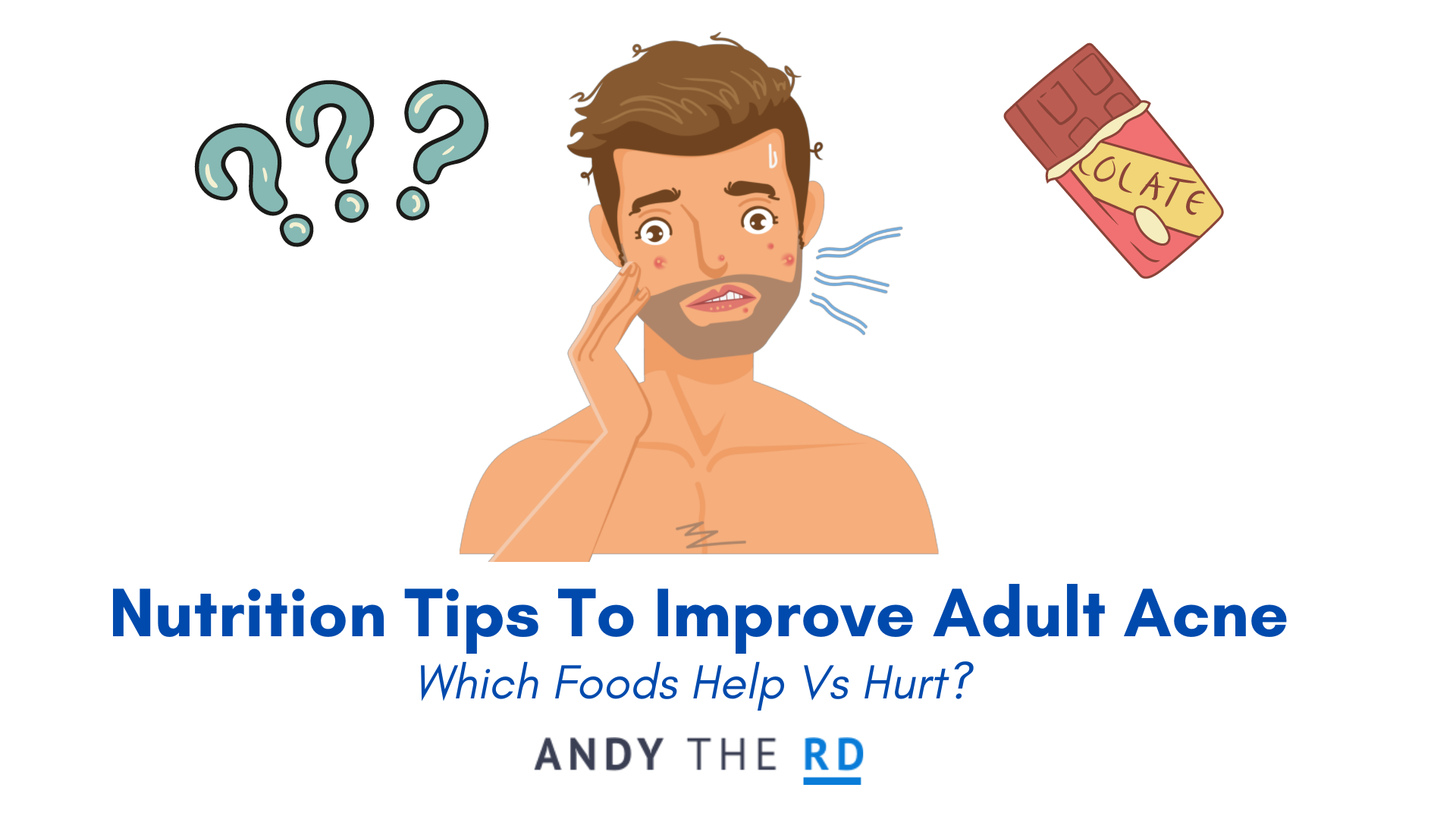Skin nutrition is a subject matter of significant personal and professional interest so when my writing volunteer Mashaal expressed a desire to explore the connection between diet and adult acne, I needed little convincing.
Mashaal, like myself, has a vested interest in nutrition for adult acne both from the perspective of personal curiosity and because it is a challenge she has personally dealt with.
We both have a massive appreciation for the role skin health can play in quality of life and with that in mind endeavoured to deliver a concise yet comprehensive summary of the best available evidence in this area.
Mashaal left no stone unturned in reviewing the relevant scientific literature and so I simply cannot wait for you guys to read what she’s come up with.
Nutrition Tips For Adult Acne
Written & researched by Mashaal Junaid with feedback, review & revisions from yours truly
Adult acne is classified as the presence of acne after the age of 25.
Dealing with acne as an adult can be particularly challenging since it is often perceived a condition associated with puberty and the teenage years.
Many people turn to spend hundreds of dollars on skincare brands which can often exasperate the acne.
Adult acne can occur as a result of many different things such as hormone imbalances and genetics but the majority of the literature states how the Western diet plays a huge role in the persistence of acne because there is a higher number of processed foods.
With this article, we wanted to provide practical and evidence-based tips that you can implement to see positive results in your skin.
Choose More Foods With A Low Glycemic Index (GI)
The glycemic index (GI) of a food describes how sharply it raises blood sugar levels after consumption.
In the graphic below we demonstrate some higher GI options and their lower GI alternatives.

The frequent consumption of high GI foods increases the production of a hormone known as IGF-1 which is associated with adult acne.
According to recent work out of JAMA Dermatology it may be the case that high levels of IGF-1 increase oxidative stress and inflammation, both of which may contribute to adult acne.
IGF-1 may also increase the production of other hormones, like androgens, which could increase skin oil production and clog pores.
In adults living with moderate to severe acne we have experimental evidence to demonstrate that:
- A lower glycemic index diet measurably decreases IGF-1 production ( JAND 2016)
- A lower glycemic index diet measurably decreases acne lesions/severity (AJCN 2007)
Pursuing a lower glycemic index diet, based on the best available current evidence, appears to make great sense for any adults looking to leverage nutrition science to contributely positively to their acne.
Please note as well that the inclusion of very low GI foods like nuts, seeds, avocado, vegetables and legumes (lentils,chickpeas, etc) in a mixed meal will drive down the glycemic impact of that meal independent of the other components.
“High glycemic index intake was positively associated with acne severity, an observation supported by randomized controlled trials.”
Journal of the American Academy of Dermatology 2022
Choose More Foods That Are High In Omega-3 Fatty Acids
Omega-3 fatty acids are known to have anti-inflammatory capabilities, which immediately makes them a topic of interest in adult acne given the role inflammation may play in worsening the condition.
They have also been demonstrated to lower IGF-1 in human studies.
It was recently demonstrated that adults living with acne may have less than optimal circulating levels of omega-3 fatty acids with randomized controlled trial data also suggesting that omega-3 supplementation could improve acne severity in adults who suffer from mild to moderate acne.
In the latter study, both marine-based omega 3s like EPA/DHA and the plant-based omega 3 ALA were more effective than the placebo treatment.
Sources of EPA/DHA include salmon, trout, sardines, herring, mackerel and other seafood.
Sources of ALA include flax, chia, hemp, walnuts and soy-based foods.
Given the emerging state of the evidence and the numerous health benefits of these foods for those who enjoy them, it seems to makes sense to emphasize their inclusion.
Foods To Be Mindful Of
The connection between dietary choices and adult acne is a two way street, there are both foods that could be incorporated more and others which we may consider being mindful of.
This is where it gets interesting.
Dairy Products
The connection between dairy and adult acne, quite frankly, isn’t super clear.
There is some suggestion that the combination of proteins in milk specifically may increase IGF-1 production, which we know to be associated with adult acne.
A recent, robust observational study published out of JAMA Dermatology found that milk consumption was associated with adult acne.
The American Academy Of Dermatology website, for example, states that “ [C]ow’s milk may increase the risk of developing acne”.
Sugary beverages, which of course offer much less than milk nutritionally, were also linked to adult acne – as were “fatty & sugary foods” – in the JAMA study discussed above.
Interestingly, the intake of other types of dairy like yogurt and cheese is less consistently associated with adult acne.
The International Journal Of Dermatology considers the connection between milk, dairy and acne an “unresolved” issue while a recent meta-analysis out of the Journal Of The American Academy Of Dermatology concluded that the relationship between milk, dairy and adult acne may vary dependent upon sex, ethnicity and one’s other dietary habits.
It is not clear whether or not omitting milk will improve adult acne
Chocolate
While many people assume that chocolate is a factor that absolutely exacerbates adult acne, the evidence is not definitive.
While some papers suggest that chocolate’s interaction with acne may depend on the type ( dark vs milk for example), there are studies of varying quality demonstrating a negative effect of different types of chocolate on acne.
A 2016 study published out of the Journal Of The American Academy Of Dermatology determined that chocolate bars worsened acne more than jelly beans in a population of college students whereas even studies looking at dark chocolate or 100% cocoa demonstrated a negative effect in acne prone individuals.
While the evidence presented above is by no means conclusive, it is something that I think any acne prone adult may benefit from knowing.
I certainly hope you feel the same about the entirety of today’s article!


Need Personalized Nutrition Advice To Improve Your Acne?
Now you know that changing the way you eat can improve your skin health, are you ready to act on it?
Reach out to Andy to discuss working together 1-on-1 to learn how to bring the knowledge in today’s post to life.
Added Jan 2024 – A Note On Supplements
A recently published systematic review out of JAMA Dermatology noted that there are five primary supplements of scientific interest in the management of acne.
Here are a few quotes from the article:
“Studies of fair or good quality showed the potential benefit of vitamins B5 and D, botanical extracts (green tea), probiotics, and ω-3 fatty acids in the treatment of acne.”
“These interventions were most frequently associated with decreased lesion counts or improved investigator global assessment scores.”
Keep in mind as well that both Vitamin D3 and Omega-3 ( EPA/DHA) are extremely hard to get enough of from the diet without consuming 500-750 grams of fatty fish weekly, and thus are good candidates for supplementation in most people anyway.
Andy De Santis RD MPH



